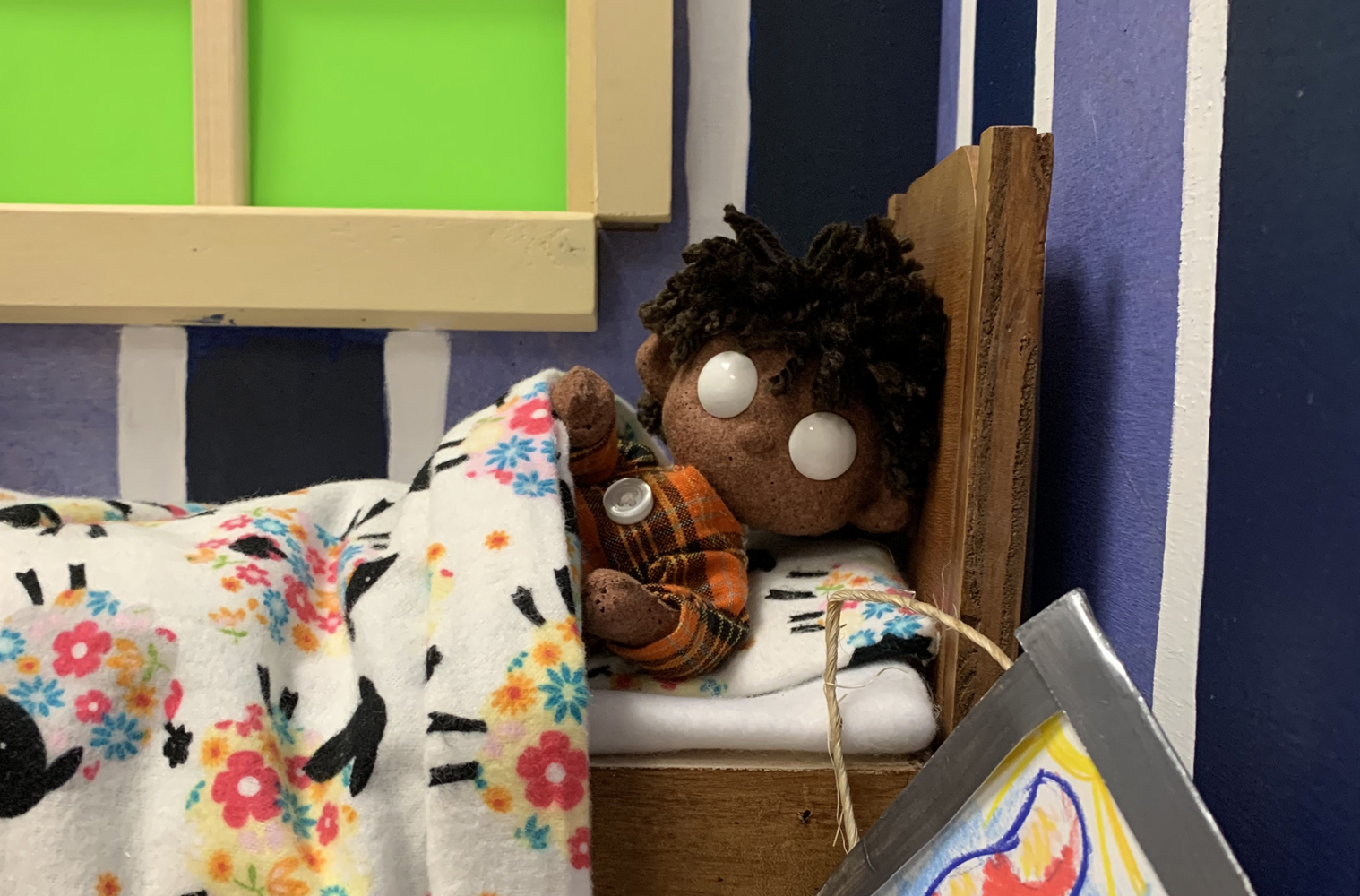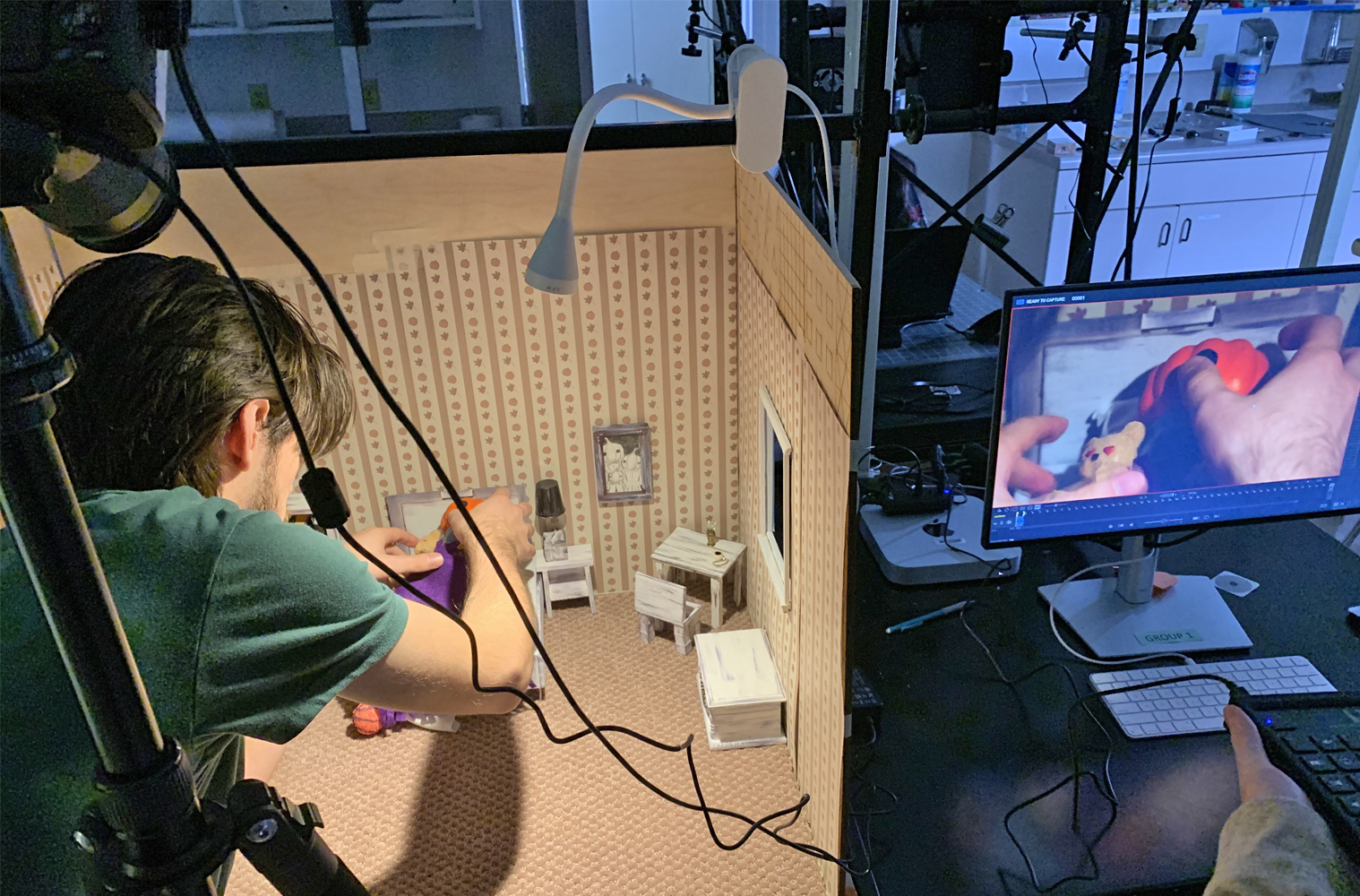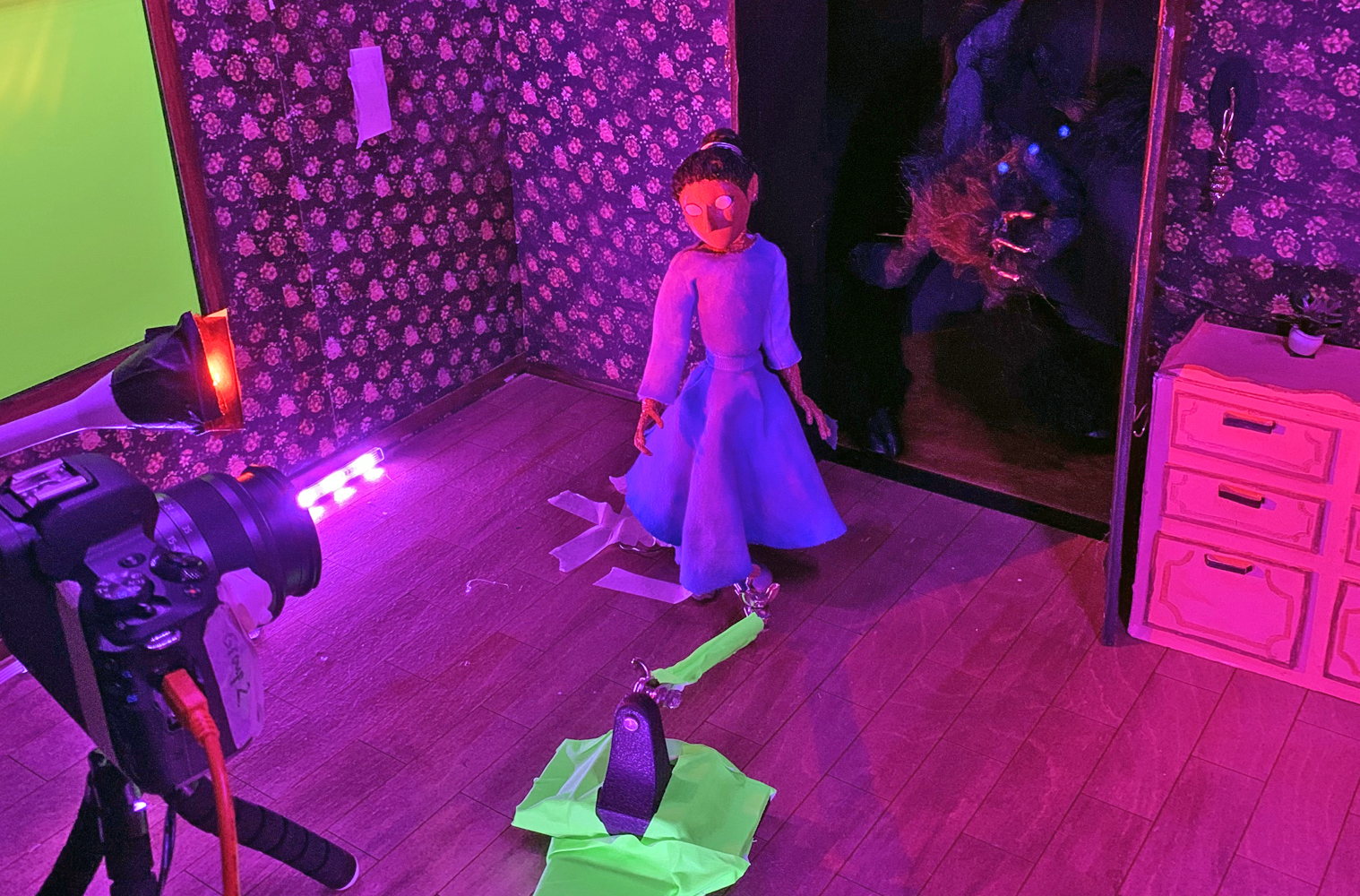Digital Media Classes Cultivate Creativity

Elizabeth Lo has curated her passion for art her entire life.
“I’ve been drawing since I could pick up a pencil,” she said. “And that continued into high school when I started taking visual arts classes.”
After considering and visiting several potential college campuses, including University of California, Santa Barbara and Sacramento State, the Corning native chose Chico State to further her own education. The ideal location and state-of-the-art resources solidified this decision, but another factor helped her decide.
“What stood out to me the most was the community in the Chico State art department,” she said.
Lo thrived in the art department. After three years of honing her painting and drawing skills, she wanted to expand her palette and explore the digital side of art, but felt stuck.
“I was told there was no digital media major and that most of the art options were painting and drawing, and that there was graphic design,” she said.
Lo eventually learned of a digital media class taught by Josh Funk, an assistant professor in the art department. With a curriculum offering digital media and stop-motion film-making technology, students were learning and practicing a different style of art.
“Josh told me that digital media was possible for a major and that inspired me to change the trajectory of my major and my college career,” said Lo (Digital Media, ’22). “It helped me re-envision my dreams and the path I wanted to be on.”

Funk has always loved watching movies—drawn especially to their visual effects. Riveted by stop-motion classics like Clash of the Titans, Jason and the Argonauts, and Beetlejuice, he recalls as a youngster thinking, “How do they do that?”
For Funk, it was like watching magic unfold before his eyes—and he wanted to discover its secrets.
“I didn’t know how it was made or why it was like magic—a part of me always knew it was an illusion, but found just as much astonishment in the process,” he said. “Even as technology advanced, there was something about it that I saw as a magic trick, because unlike CGI, real lights are hitting the puppets and sets and casting real shadows in these practical environments.”
As a teenager, Funk’s fascination with stop-motion animation intensified. He attended Chico State—his hometown university—where he enrolled in art studio classes. He graduated in 2007 with a degree in Art Studio, and while toiling away working at a Chico AT&T store, he continued to hone his artistic craft, picking up freelancing gigs along a wide spectrum of genres, eventually quitting AT&T to work full-time as a freelance artist.
“I did anything I could do creatively to make a living—animating music videos, editing films, and doing commercials and some graphic design,” he said. “In the meantime, I was making my own films, putting them out into film festivals and building my skills and reputation.”
Funk’s connection to the classroom came in 2017, when his former electronic arts professor at Chico State, Nanette Wylde, asked if he would fill in for her in the classroom during her upcoming sabbatical.
“I thought, ‘I can’t teach, that’s crazy,’” he recalled. “But I gave it a go and within a couple of weeks, I was in love with teaching.”
Funk had found a home in the classroom and after earning his MFA in Visual Art from Lesley University in Cambridge, Massachusetts, he was hired to teach at Chico State in fall 2020, bringing an impressive résumé to the classroom. His genre-focused films have screened domestically in San Francisco, Atlanta, and Provo, Utah, and internationally in Australia and the United Kingdom.
His 2021 short narrative film, The Fuzzies, won Best Horror Comedy Film at the Nevada Short Film Festival. And his 2018 piece, 3 Keys, which premiered at the Museum of Northern California Art before screening internationally, won seven awards including Best Art Direction at The Empty Space Film Festival in India and Best Animation: Independent Producer at the Alliance for Community Media Awards in Minneapolis, Minnesota.

Funk prioritizes employing industry-standard equipment in his digital media classes. For example, his stop-motion animation students use professional software called Dragonframe. And when students see that films like the Golden Globe Award-winning and Academy Award-nominated animated film “Guillermo del Toro’s Pinocchio” use the same software, they know that, if they are so inclined, the tools to take their work to the next level are at their disposal.
“It allows students to see the results instantly, whereas back during the Clash of the Titans days, filmmakers would use film, animate it, and send it out to be developed,” he said. “When it comes back, if it’s not right, you have to do it over again.”
The students create their art from scratch—the sets on their own; using a laser cutter for props, background, and the characters; and creating puppet heads with a 3D printer. Funk’s class employed their technology for a stop-motion animated short titled “Unlock our Potential,” shown during President Gayle Hutchinson’s 2019 Convocation.
A classroom of powerful and accessible technology, instant feedback, and constant learning has led to an unexpected joy for Funk.
“The thing I wasn’t prepared for teaching stop motion animation is the laughter and the amount of fun the students have,” Funk said. “I was so used to teaching in classes where they’re working quietly, we have conversations, and there’s critique. But something about this, they instantly see that magic happen in front of them and they react so strongly, it’s incredible.”
Valeria Moreno (Digital Media, ‘21) took Funk’s “Digital Media” class. Focused mainly on illustration, figure drawing, and two-dimensional design, she longed to expand her fine arts background into digital art. And in Funk’s class, Moreno found new ways of expressing herself, adding that he gave the class the green light to explore freely.
“If we wanted to try animation, we were allowed to do that in some of our projects,” said Moreno, currently a graphic designer for local company Mad Engine. “Or if we wanted to focus on illustration or concept work or any other projects just to figure out where we wanted to go on our life path, he allowed room for that.”
Funk’s success in the classroom is borne from his students’ achievements, and that means more to him than the accolades and adoration bestowed upon him for his own films. He recalls a moment last fall when he taught a Friday class at Chico State and flew to New Jersey for a film festival to represent his own work. After showcasing his film, answering questions, and hobnobbing with filmmakers, he flew back in time to teach a Monday night class at Chico State—and he was struck with a feeling that the classroom is exactly where he belonged.
“I remember thinking that teaching my students here was actually a better experience than going all the way to that film festival and meeting all these awesome filmmakers,” he said. “In the classroom, I’m representing my philosophy and having a better experience helping these students realize what they’re capable of.”


